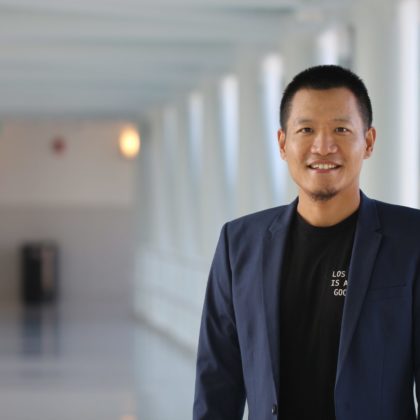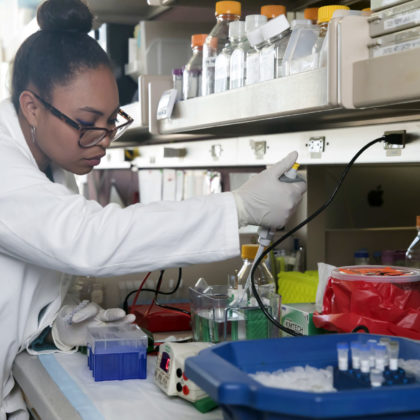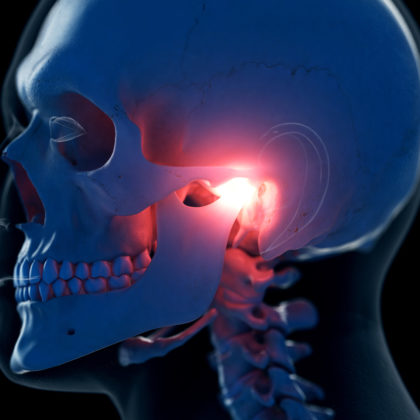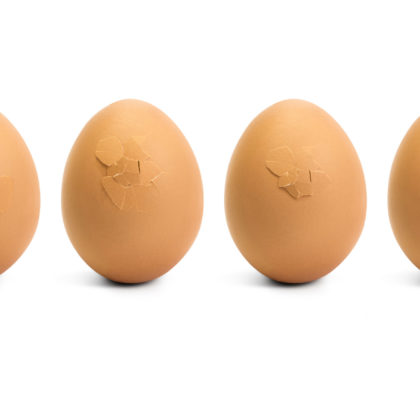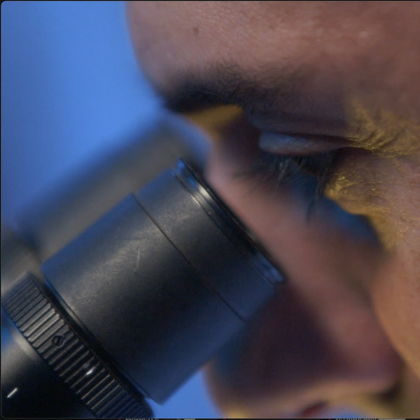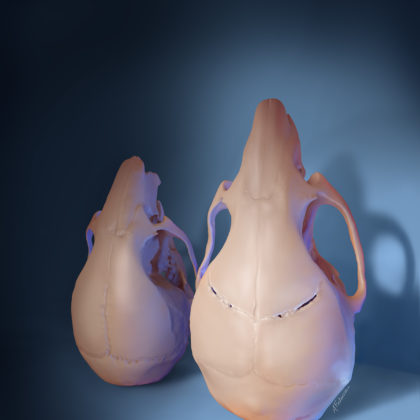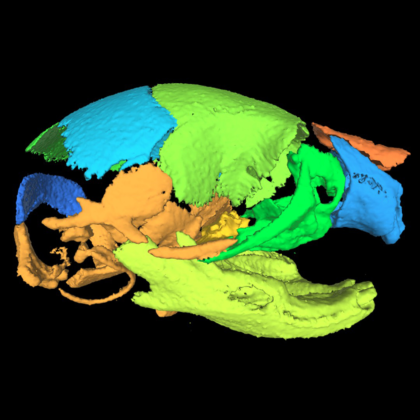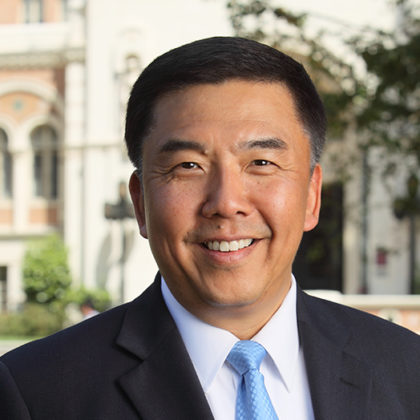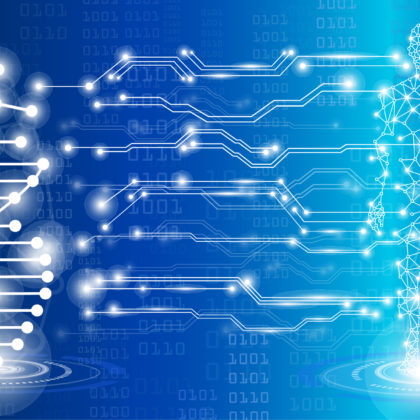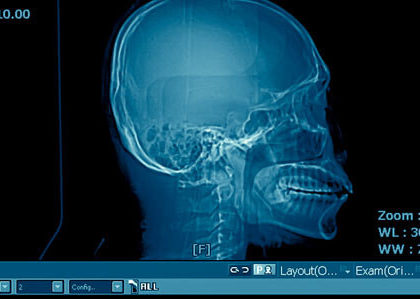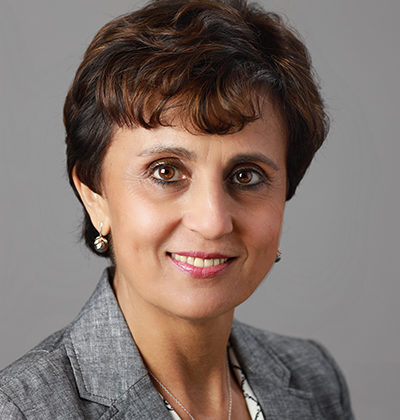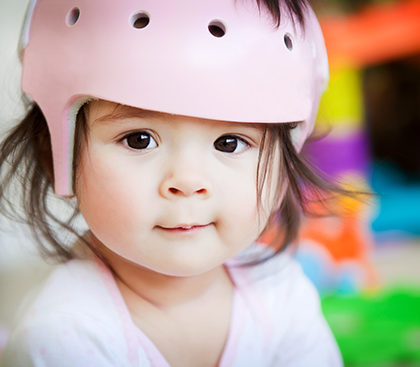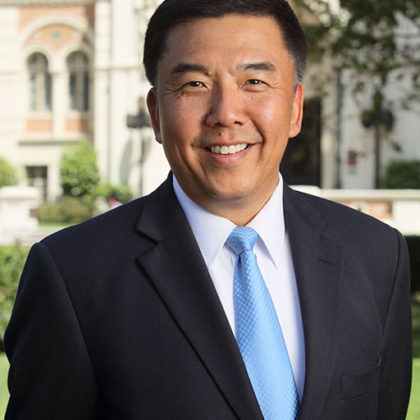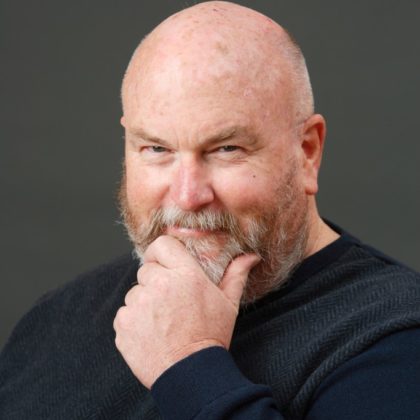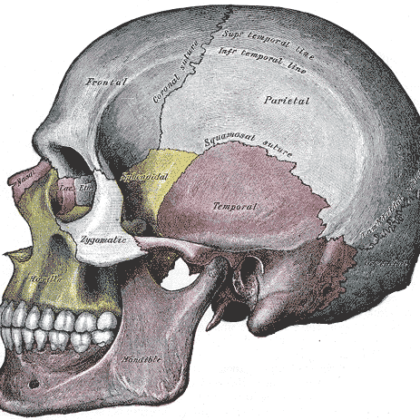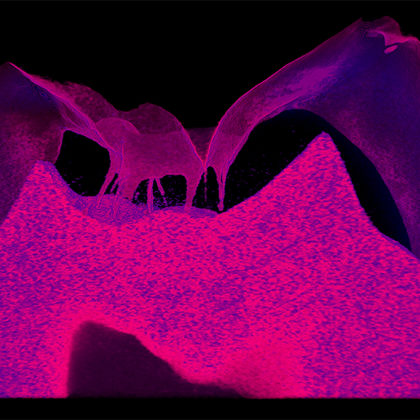Stories
Five things to know about Dechen Lin
A FEW WEEKS AGO, Assistant Professor Dechen Lin joined the Trojan Dental Family as a researcher for Ostrow’s Center for Craniofacial Molecular Biology, coming to us from Cedars-Sinai Medical Center. Here are …
Jian Xu investigates environmental pollution’s contribution to birth defects
Jian Xu hopes to better understand the mechanisms behind environmental toxins increasing the occurrence of birth defects in order to develop new treatments or even prevent craniofacial birth defects. Nearly 120,000 babies …
Ostrow School of Dentistry of USC awarded research training grants from National Institutes of Dental and Craniofacial Research
The prestigious five-year training grants are meant to support tomorrow’s leading thinkers in craniofacial research as they launch their academic careers. The Ostrow School of Dentistry of USC has been awarded two …
Could stem cell- or molecular-based treatment be the solution to temporomandibular joint disorders?
A new study, led by Amy Merrill-Brugger, could lead to new treatments for the common disorder. Our jaws allow us to talk, chew, swallow, sing and even yawn. All these activities require …
USC researchers regenerate skull tissue using stem cells and 3-D printed scaffolding in swine
Every year, surgeons perform more than 5,000 cranioplasties—surgeries that restore cranial defects—on patients who have experienced critical size cranial defects resulting from congenital defects, head trauma or tumor removals. Traditional materials used …
A quantum leap
Ostrow jumps to fourth top-funded U.S. dental institution by the National Institute of Dental and Craniofacial Research. If a global pandemic was meant to slow researchers down in their quest for knowledge, …
Is this the gamechanger we’ve been waiting for in craniosynostosis?
One of our every 2,500 infants born in the United States will suffer from craniosynostosis — a craniofacial defect caused by the premature fusion of the different bones that comprise the human …
USC-led research team shares 10 years’ progress in collecting data to push craniofacial science forward
It has been a little more than a decade since the National Institute of Dental and Craniofacial Research (NIDCR) launched FaceBase, a central repository for craniofacial datasets and tools meant to advance …
Yang Chai appointed University Professor
Associate Dean of Research Yang Chai PhD ’91, DDS ’96 has been appointed a University Professor, making history as the first faculty member to achieve such distinction at the Ostrow School of …
Center for Dental, Oral and Craniofacial Tissue and Organ Regeneration awarded $30-million grant
The studies seem like something straight out of science fiction. There’s one focused on using stem cells to regenerate skull bone for patients with skull defects. Another aims to develop a hydrogel …
USC researchers receive $12.5 million grant for craniofacial research data-sharing endeavor
Nearly half of all birth defects involve the face and skull and, for the most part, scientists remain unclear as to why most occur. To better serve families at risk for these …
Moradian-Oldak receives Distinguished Scientist Award
Professor Janet Moradian-Oldak received a 2019 Basic Research in Biological Mineralization Award at the International Association for Dental Research’s (IADR) General Session and Exhibition in mid-June. The award — one of 17 …
USC researchers draw closer to biological treatment for birth defect
Could we be one step closer to developing a biological treatment for craniosynostosis? Building upon a body of research that demonstrated that the premature fusion of skull bones — which can cause …
Yang Chai elected to National Academy of Medicine
Yang Chai, associate dean of research at the Ostrow School of Dentistry of USC, has been elected to the National Academy of Medicine (NAM), a membership that is considered one of the …
USC professor Malcolm Snead elected to AIMBE College of Fellows
Malcolm Snead, a professor at the Ostrow School of Dentistry of USC and a principal investigator with USC Stem Cell, has been elected to the American Institute for Medical and Biological Engineering …
USC researchers awarded $3.3 million NIDCR grant to find more effective treatment for common birth defect
It might surprise you to learn that your cranium is not one continuous smooth bone encasing your brain. It’s actually comprised of eight bones, separated by fibrous joints, to give your skull …
USC Stem Cell researcher Yang Chai receives $2.1 million from the National Institute of Dental and Craniofacial Research
Yang Chai, associate dean of Research at the Ostrow School of Dentistry of USC, has just received $2.1 million to continue research that could one day allow scientists to use stem cells …
Ostrow awarded NIDCR grant to establish tissue regeneration center
Tissue regeneration is about to become more fact than fiction, thanks to a $2 million grant that’s being divided among 10 research centers and universities, including the Ostrow School of Dentistry of …
Researchers discover key player in enamel regeneration
USC researchers are closer than ever to being able to regrow enamel, thanks in part to a recent scientific discovery published in the latest issue of the journal Biomaterials. In the article, …
USC researchers move one step closer to natural tooth restorations
A rodent’s incisors never stop growing. It’s one of the reasons mice gnaw through cupboards, hamsters chomp mindlessly on metal cage bars and rats will chew through, well, just about anything. They …
